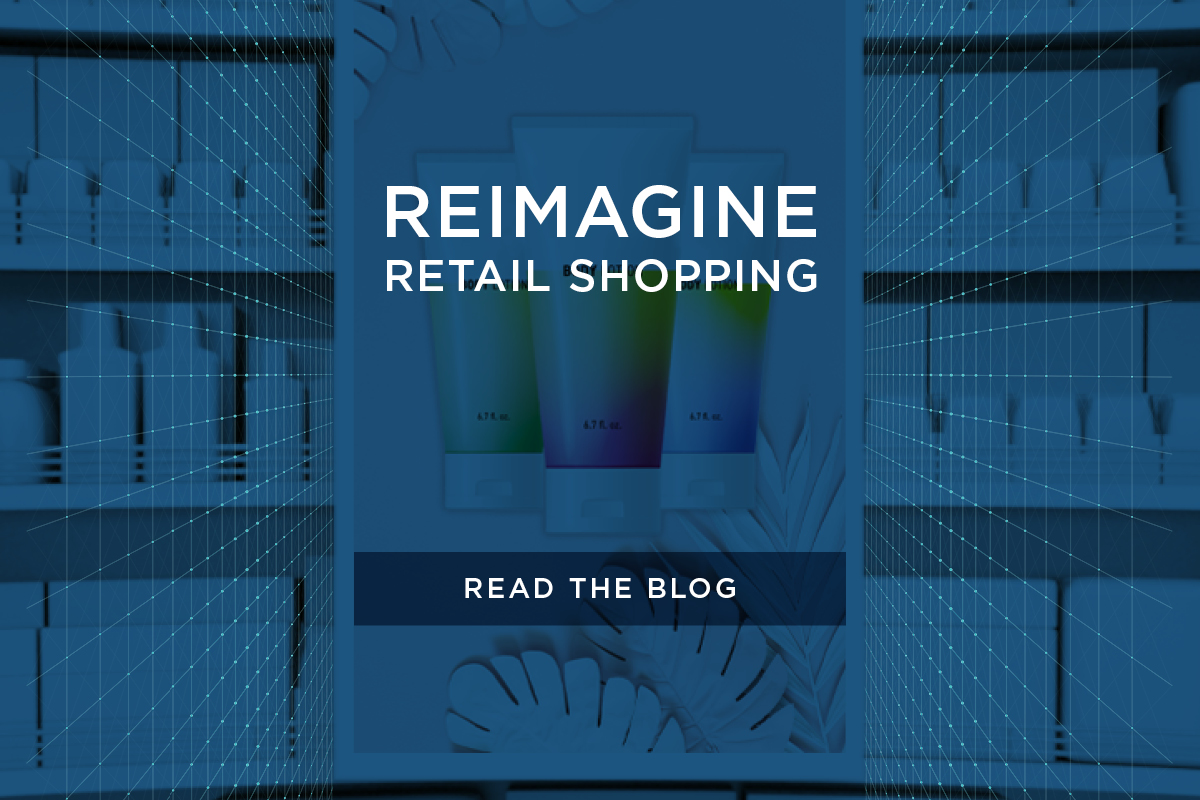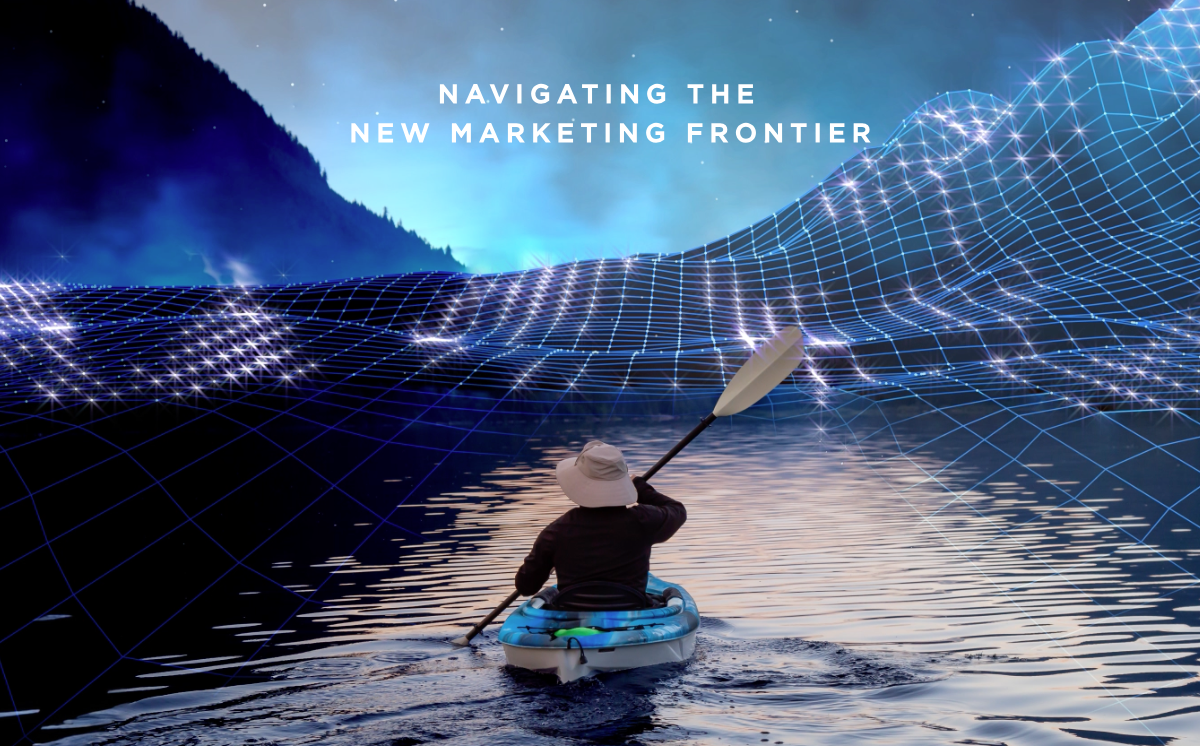Total e-commerce sales in the U.S. make up just 15.4% of total sales, according to Census.gov, with the majority of shopping still happening in brick-and-mortar stores. Despite this, when people talk about changes in retail, they often focus on the experiences of online retailers. However, they may overlook the importance of understanding customer expectations in physical stores and the insights gained from tracking customer behavior in aisles.
At the recent World Retail Congress in Paris, France, Vericast VP Hans Fischmann highlighted the evolution of the retail industry during a panel session titled “The $100 billion revenue boost you just can’t ignore: Next-gen in-store media is here. Don’t let it pass you by,” hosted by WPP. Fischmann emphasized the significant chance for retailers to directly engage with customers and gather valuable data to enhance shopping experiences and refine marketing strategies.
Fischmann highlights a crucial advantage of physical stores over online platforms: the personal touch. When customers enter a store, they not only may make purchases but also potentially provide valuable data that helps retailers understand their preferences and behavior. This data is essential for tailoring shopping experiences and enhancing customer service. Retailers are urged to move beyond conventional marketing approaches and focus on creating comprehensive shopping experiences aligned with their digital strategies. This includes grasping the customer’s in-store journey and leveraging data to provide personalized promotions and products.
The rise of retail media networks has opened the eyes of many retailers to the possibilities inherent in effectively using data. These networks provide a framework viewing consumers three-dimensionally, not just as buyers but as integral parts of the business ecosystem.
David Roth, CEO The Store WPP, echoed these sentiments, stating, “The integration of digital and physical retail is not just an enhancement but a necessity in today’s market. It’s about creating an environment where digital familiarity meets physical tangibility.”
Janet Levine, Executive Director, Invention and Strategy at Mindshare emphasized the shift in perspective toward the physical store as the epicenter of modern advertising strategies: “Advertisers now see the store as the starting point. Brands that fail to utilize the physical store as a channel for advertisement will be in dire straits. The physical store isn’t just a point of sale; it’s a vital medium for engaging consumers.”
The current retail landscape presents a significant opportunity for innovation. With a growing number of consumers opting to shop in-store and an uptick in physical transactions, there’s a heightened focus on how retailers can leverage this setting to boost average transaction sizes and gather more data. Integrating digital strategies into physical spaces enables a seamless blend of experiences, offering customers a smooth transition between online and in-store shopping. Retailers capable of effectively integrating and analyzing customer data from their brick-and-mortar locations will be better equipped to meet customer demands, drive sales, and remain competitive in a rapidly evolving market. The aim is to craft a shopping experience that feels both personalized and technologically advanced, bridging the gap between traditional and digital retail.



